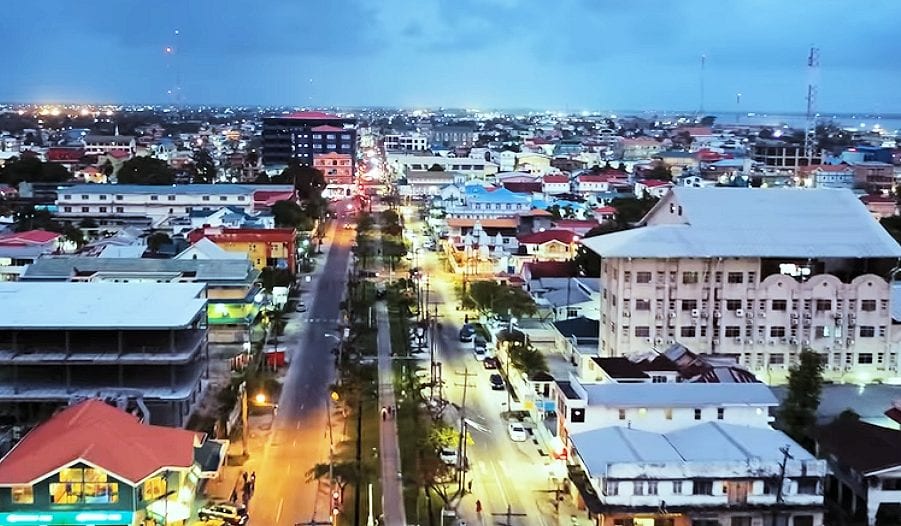Associated gas deposits which have been found with the significant oil discoveries made offshore Guyana could be piped to shore as early as 2023 to help generate electricity to fulfil the South American country’s domestic needs.
While the priority, as outlined in the Production Sharing Agreement between Guyana and ExxonMobil – operator at the 6.6 million acres Stabroek Block – is oil recovery, Director of the country’s Department of Energy (DE), Dr. Mark Bynoe, says focus is also being placed on piping gas to shore to generate electricity.
The cost of electricity in Guyana is considerably high and has served as a barrier to the growth and expansion of enterprise – particularly those in the manufacturing sector. With the discovery of more than 6 billion barrels of oil at the Stabroek Block, officials have been looking at cheaper ways to generate power. This has seen ongoing discussions taking place with the US oil major about the prospect of taking gas to shore.
Dr. Bynoe reminded reporters at a recent press conference in Georgetown that in order to enhance oil recovery some amount of gas would have to be reinjected into the reservoirs. As such, he said gas is not likely to be available in significant quantities until 2035.
“However, in the short term, the operator can make enough gas available to meet our domestic demand which would generate somewhere around 188 megawatts,” he said.
The DE Director said government is currently examining potential sites for where the pipeline would land onshore. “The earliest date we are looking at is 2023 to 2024,” he said, pointing out that there are several factors to be considered when building the pipeline and infrastructure. “You do not want to be building a pipe now and realise for example that the pipe you are building is too small for when more substantial gas becomes available.”
Dr. Bynoe also signaled that the soon-to-be newest oil producer on the continent may also be interested in pursuing a petrochemical industry with export capacity. “So, if you are going to have subsequent or additional industries around then you have to have land space. When you start speaking about whether it would be petrochems, LNG, bitumen…whatever the other products may be, then the whole discussion that comes into that will involve issues of exportation.” This, he stated, makes the matter of location for landing the pipeline even more important.
ExxonMobil Guyana Country Manager, Rod Henson, has told OilNOW that based on investigations, diverting natural gas to shore is technically feasible. “It could touch everybody…it could lower electricity prices, lower energy prices for individuals. But there is a multiplier effect too. If you lower energy prices for businesses it is really an enabler to help the economy, to help all businesses…,” he had said.
ExxonMobil, Henson said, is doing its part by “coming to the table with technology and ideas” to see how best the diversion of natural gas to shore can become a reality.



